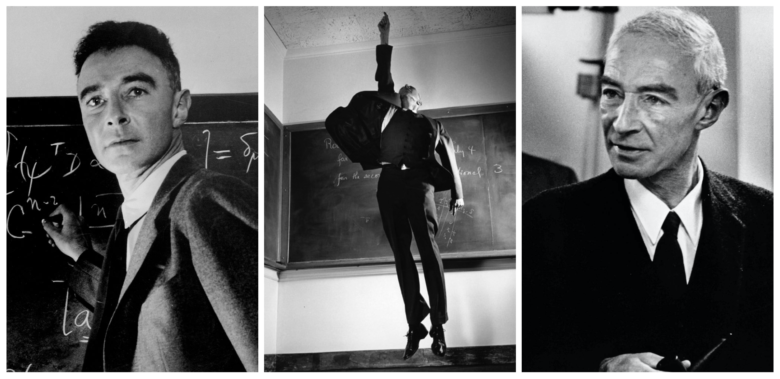
Inventions are often associated with genius scientists who have been in diligent research and painstaking endeavors in order to achieve them in their laboratories, but in this article will provide you with a group of valuable inventions that resulted through luck and chance.
The Microwave Oven
In 1945, Percy Spencer, an engineer at Raytheon, was working on a radar project. He noticed that a chocolate bar in his pocket had melted when he was working near a magnetron. Spencer realized that the magnetron was emitting microwaves, which were causing the chocolate bar to melt. He experimented with microwaves and eventually created the first microwave oven.
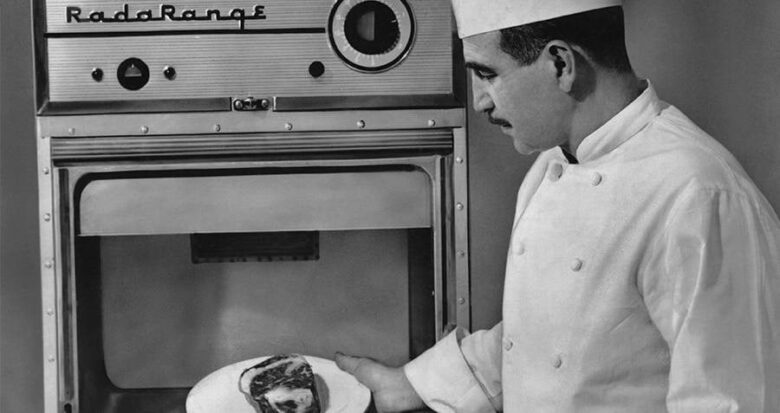
The Safety Pin
In 1849, Walter Hunt was trying to create a new type of fishing hook. He accidentally created a safety pin when he bent the wire of the hook in the wrong way. Hunt realized that he had created a new type of fastener, and he patented the safety pin in 1854.
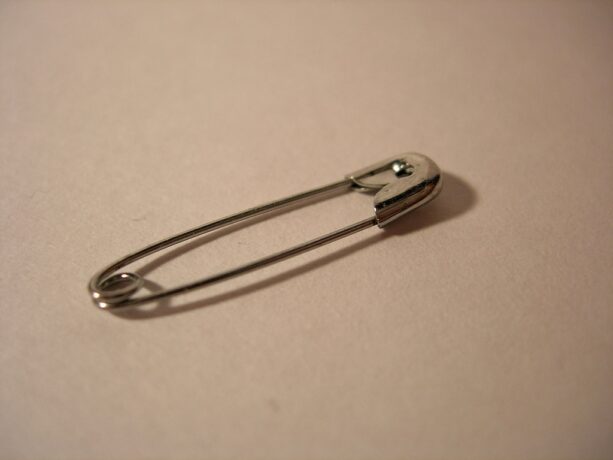
Post-it Notes
In 1974, Spencer Silver, a researcher at 3M, was trying to develop a strong adhesive. He accidentally created a weak adhesive that didn’t stick well to paper. Silver thought the adhesive was a failure, but another 3M researcher, Art Fry, saw potential in it. Fry used the adhesive to create a bookmark that wouldn’t fall out of his hymnal. Post-it Notes were born, and they have become one of the most popular office supplies in the world.

The plastic
In 1907, Leo Baekeland, a Belgian-American chemist, was trying to create a new type of shellac. He accidentally created a new material that he called Bakelite. Bakelite was the first fully synthetic plastic, and it was a major breakthrough in the field of materials science.
Baekeland was trying to create a substitute for shellac, which was a natural resin that was expensive and difficult to obtain. He was experimenting with a combination of formaldehyde and phenol, two chemicals that were known to react with each other. However, when he mixed the chemicals, he accidentally created a new material that was hard, durable, and heat-resistant.
Baekeland realized that he had created a new material with amazing properties. He named the material “Bakelite,” and it quickly became one of the most popular plastics in the world. Bakelite was used to make a wide variety of products, including electrical components, toys, and jewelry.

Coca-Cola
In 1886, John Pemberton, a pharmacist in Atlanta, Georgia, was trying to create a new kind of medicine. He mixed together a variety of ingredients, including coca leaves, kola nuts, and sugar. The result was a syrupy drink that he called “Coca-Cola.”

Viagra
In 1989, British scientists Peter Dunn and Albert Wood were working on a drug called sildenafil citrate to treat high blood pressure and angina. During clinical trials, some of the male patients reported experiencing unwanted side effects, such as persistent erections. This led to the discovery that sildenafil citrate could also be used to treat erectile dysfunction. Viagra was approved by the FDA for this use in 1998 and has since become one of the most popular and successful drugs in the world.

X-rays
In 1895, German physicist Wilhelm Conrad Röntgen was working on an experiment with cathode ray tubes when he noticed a strange glow coming from a nearby screen. He realized that the glow was caused by a new type of radiation that he called X-rays. X-rays are a form of electromagnetic radiation that can penetrate matter, making it possible to see inside the body. This discovery revolutionized medicine, and X-rays are now used in a wide variety of medical procedures, including diagnosing fractures, cancer, and other diseases.
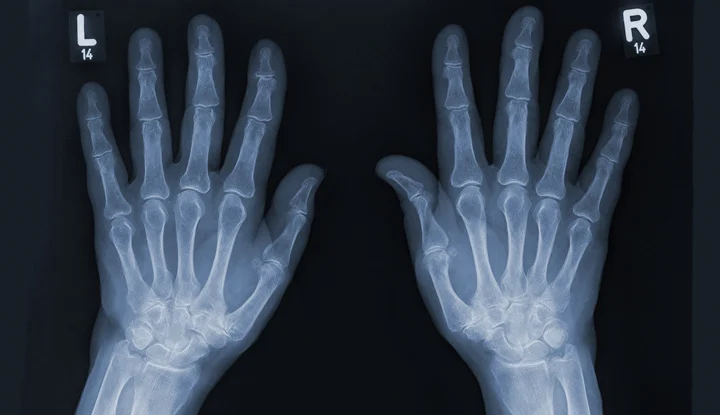
Velcro
In 1941, George de Mestral was hiking in the Swiss Alps when he noticed that his dog’s fur was covered in burrs. He took a closer look at the burrs and saw that they were covered in tiny hooks that latched onto his dog’s fur. De Mestral realized that he could use the same principle to create a new type of fastener. He called his invention “Velcro,” which is a combination of the French words “velour” (velvet) and “crochet” (hook).

Matches
In 1826, British chemist John Walker was working on a new type of gunpowder when he accidentally created a mixture of chemicals that would ignite when scraped against a rough surface. He realized the potential of his discovery and began selling matches under the name “Friction Lights.” These matches were not very safe, however, as they could easily be ignited by accident.

Teflon
In 1938, Roy Plunkett, a chemist at DuPont, was working with a new type of fluorocarbon. He accidentally created a white powder that was non-stick and inert. Plunkett realized that he had created a new material with amazing properties. He named the material “Teflon,” and it has since become one of the most widely used materials in the world.
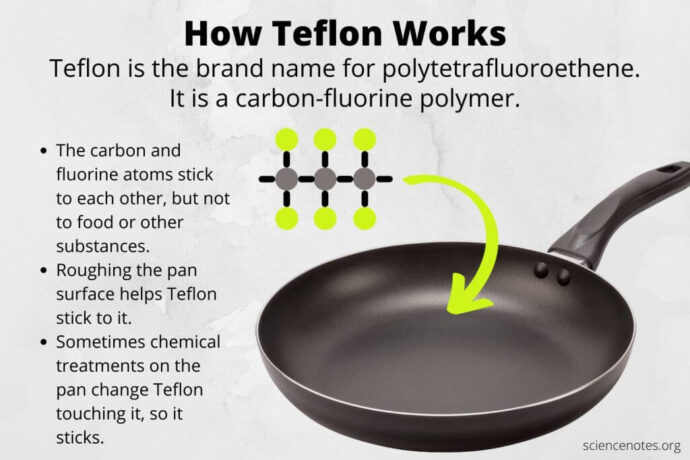
Stainless steel
In 1912, Harry Brearley was working as a metallurgist for the Brown-Firth Steel Company in Sheffield, England. He was trying to develop a new type of steel that would be resistant to corrosion and rust. After experimenting with different combinations of metals, he created an alloy that contained 12.8% chromium. This alloy was the first true stainless steel, and it was named “rustless steel” by Brearley.

Safety glass
In 1903, French chemist Edouard Benedictus was working in his laboratory when he accidentally knocked over a glass flask that had contained cellulose nitrate. The flask shattered, but the glass did not break into small pieces. Instead, it remained in one piece, held together by the cellulose nitrate film that had coated the inside of the flask.












